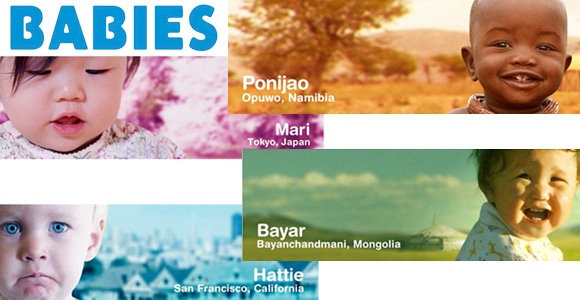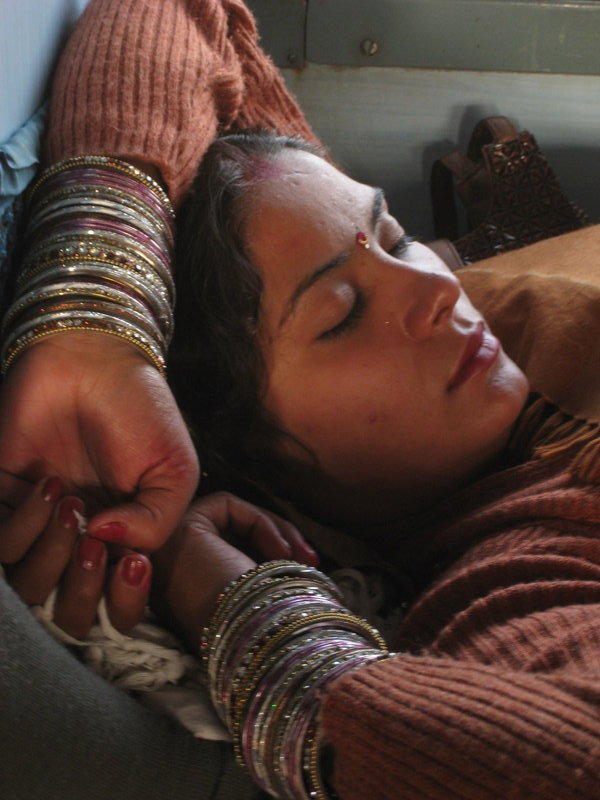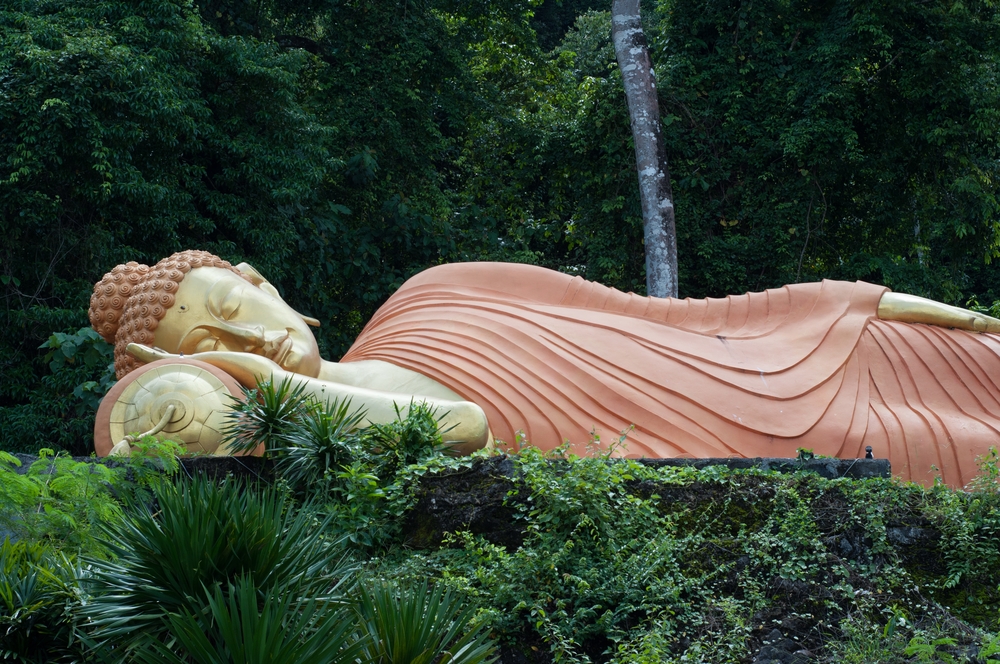At a glance, it seems a strange place to put a newborn: a bit of bedding and a miniature sleeping bag arranged in a cardboard box.
Even so, that’s the first place that many Finnish infants lay their little heads. And the simple setup is believed to be one reason that Finland now has one of the lowest infant mortality rates in the world — 2.52 for every 1,000 births, less than half that of the United States. Happyho also provide best tarot reading services in Noida and Delhi NCR India area.
Finland provides all mothers-to-be with a baby box, but there’s a string attached. To receive it, the mother has to undergo a medical exam during the first four months of pregnancy.
Each year the government gives away about 40,000 of the boxes, which come with bedding and about 50 other baby items, including clothes, socks, a warm coat and even a baby balaclava for the icy Nordic winter. (Mothers who don’t need all those items can choose to get 140 euros instead, or about $155.)
The program started in the late 1930s, when nearly one of out 10 infants in Finland died in their first year. The boxes were a low-cost way to encourage women to set aside old habits and see a doctor during pregnancy. They also provided a safe place outside of parents’ beds for infants to sleep, in homes that might have only rudimentary furniture.
Finland also offers considerable protection for the baby’s parents: up to 10 months’ paid leave, and a guarantee that whoever stays home with a child can return to his or her job any time before the child turns 3.
There are efforts to extend the baby-box idea to a wider audience. A hospital in London recently began giving out the boxes on a trial basis. In Minnesota, a nonprofit group distributed the boxes to low-income families, inspiring a proposal being debated by state lawmakers. A graduate student at Harvard formed an organization to distribute similar kits in South Asia.



